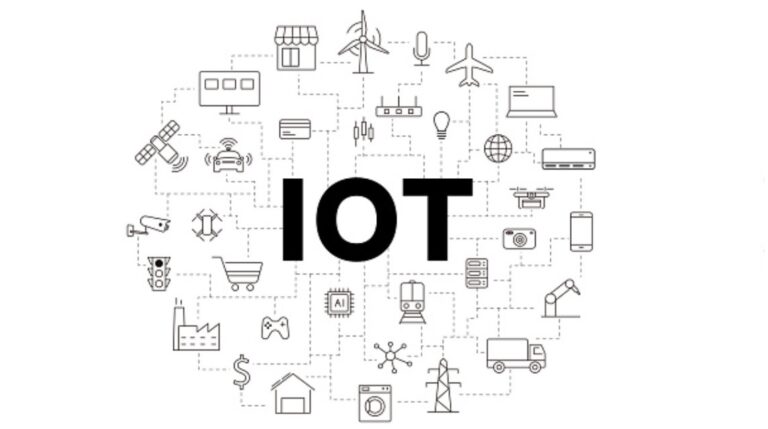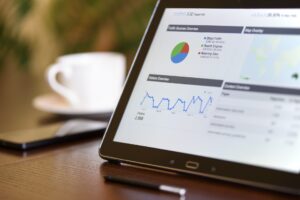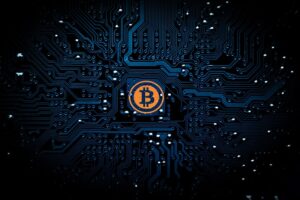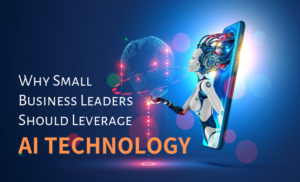All the things around us are getting smarter and network ready. We are increasingly becoming the citizens of a digitally connected world where things interact with humans to make life easier.
From the farmhouse where a farmer can keep track of plant’s watering through a connected sprinkler to the related coffee machine that just prepares your coffee just when you get up and brush your teeth, connected reality has penetrated every nook and corner of everyday life.
“ Apparently, this is a luxury to get things done quickly and in time without the least efforts. Making things happen without moving our limbs is smart and cool.”
But at the same time, these smart manoeuvres make us dependent on gadgets, and over time, this takes a toll on our physical and psychic health. So the smart reality of IoT is not so wise as it seems, especially when you consider the lifestyle effects on health.
Considering both sides of the coin here, we have decided to compare IoT’s good and bad. Let’s begin with the challenges and opportunities before going into the pros and cons of IoT.
Key Challenges for IoT
As long as two devices and apps are connected over the web to allow users a lot of practical benefits of automation, IoT is great. The connected reality of IoT will continue to proliferate and prosper in the years to come.
But this prosperity and growth of IoT are not possible without challenges. Let us have a quick look at some of the biggest challenges for IoT.
- Data security challenges and lack of data privacy are two major challenges. Some security issues and threats like Denial of Service (DoS) are also cropping up as a major security challenge.
- Connected medical devices and gadgets in banking, healthcare, insurance, and several sectors need to conform to industry regulations and norms. Many IoT devices fail to adhere to these regulatory frameworks.
- Faster network connectivity and quick access to the data is still a key challenge for IoT devices. The network created delay can lower the efficiency and effectiveness of IoT devices in different settings.
- Many fragmented devices and gadgets following no standard protocol and data architecture are adding to the problems. Lack of standards and protocols create security issues, performance glitches, and, above all, the trustworthiness of the solutions.
- The scalability of the devices to meet the increasing user footprints and user engagement is extremely important. Lack of scalability is a major problem for the IoT ecosystem.
- Less capable and outdated sensors that are still in use, such as sound, light, temperature, motion, colour, radar, laser scanner, echography, and x-ray, etc., often end up giving non-precise results. This is a big challenge for many IoT devices.
Opportunities
In spite of all these challenges, IoT is always having the largest share of digital growth opportunities. As connected devices have penetrated our homes, workplaces, public transports, and vehicles, tons of user data are being produced every minute.
“IoT is responsible for turning data into gold mines of insight,” as Paul Osborne, CTO of Cerdonis Technologies LLC, put it, “IoT is everywhere, and thus it can deliver data from all facets.” This huge and exponentially growing data is rich in audience insights and can be utilized to target customers based on data-driven insights.
The huge volume of digital data now can be managed by leading technologies such as Blockchain and Big Data analytics. The increasing importance of IoT data for driving customer and user insights shows the unlocked potential of IoT.
Pros of IoT
IoT is allowing remote access and control to devices to make life easier across all contexts. Let us have a quick look at the pros of IoT.
- Faster and instant access to various information through devices helps users to make better buying decisions.
- Thanks to devices’ connected ecosystem, workplace productivity, and personal time management can see a positive turnaround. With IoT led automation, people at home and workplace get things done quickly.
- Thanks to IoT, individuals have better and bigger control on different gadgets and digital solutions. This also opens up the scope of more personalization in the user experience of the apps, marketing, and other areas.
Cons of IoT
Like every other technology, IoT, despite its advantages, has its dark sides. Here we shortlist some of the common and widely cited cons of IoT technology.
- Enhanced dependency on gadgets is continuing to make modern human beings lethargic, leading to many lifestyle disorders and complications. The device dependency is also making people more vulnerable to sudden failure of systems and processes.
- IoT or Internet of Things, representing a connected ecosystem of gadgets and applications, are often vulnerable to security attacks and potential data breaches as all connected gadgets do not follow a certain security protocol or standard. IoT gadgets are often cited as the source of major security issues.
- Though the role of automation in taking human jobs and reducing employment scope has already been refuted a number of times, still IoT-led automation is cited by many as the emerging threat to the human workforce. Well, the contrary argument always thinks IoT will take care of mundane tasks so that the human workforce can concentrate on more important decision-making tasks.
Conclusion
The Internet of Things is here to stay and prosper. With IoT, humans’ ultimate automation dream has almost become a fully-fledged reality that you can interpret as revolution or curse depending on your perspective.










